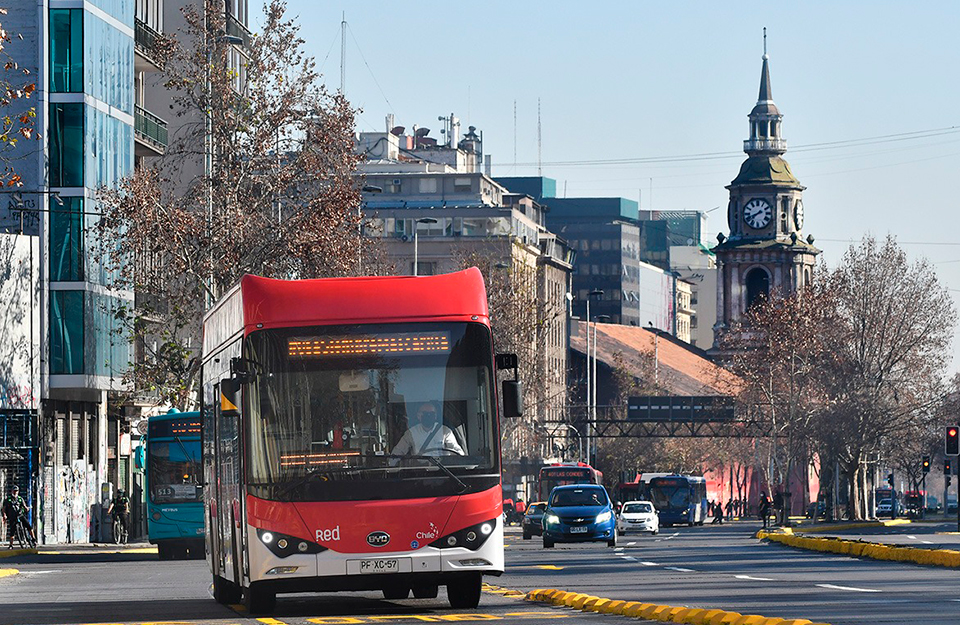
Chile has set the goal of being carbon neutral by 2050, and for this electromobility will be fundamental, contributing a significant percentage of the reduction in greenhouse gas emissions to achieve this goal.
More efficient, cleaner, and less noisy. Electric vehicles only seem to have positive features compared to traditional ones. But if we add to that the fact that they do not generate CO2 emissions when their electricity is produced based on renewable energies, it is clear why Chile has bet heavily on electromobility, so much so, that it is the country with the largest number of electric buses outside Chinese cities, with ambitious goals for electromobility to take to the streets, improving the quality of life of the inhabitants of Arica to Punta Arenas.
Chile has set itself the goal of being carbon neutral by 2050, and for this electromobility will be key: it will contribute almost 20% of the reduction in greenhouse gas emissions to achieve that goal. According to the National Electromobility Strategy established four years ago, the goal is that by 2050, a total of 40% of private vehicles and 100% of public transport vehicles will be electric. That goal has already been advanced by ten years, so that 100% of public transport vehicles will be electric by 2040.
Progress has been key. According to figures from the Ministry of Energy, as of July 2021, there are a total of 2,164 electric vehicles in Chile, including battery-electric cars, electric trucks, hybrids with external charging and electric city buses. The latter, with a total of 841, represent the largest fleet in the world after China's cities.
It's not the only record that puts Chile in the lead. Last December, the El Conquistador de Maipú electric power charging terminal for public transport was inaugurated, the largest of its kind in Latin America.
In addition, in Chile there are 22 electric bus terminals that transport 600,000 people from 17 communes. And this year, it is expected to have electric corridors in Temuco, Concepción and Antofagasta.
Along with the national electromobility strategy, Chile has made progress on two other major measures: on the one hand, a public-private agreement on electromobility, in which 85 companies and public institutions have participated, which are committed to making progress in: increasing the number of electric vehicle models on the market, increasing the number of chargers in the public network, increasing human capital and promoting new uses of electromobility. On the other hand, the Energy Efficiency Law, enacted in February 2021, promotes electromobility, incentivizing marketers to bring electric vehicles; establishing tax incentives for investment in electric vehicles; setting better energy efficiency standards in the new vehicle fleet; It regulates the interoperability of the charging system to facilitate access and connection, so that those who need to charge their vehicle at a public level can do so and have a good experience in the process, among other measures.
Check out more information about electromobility here: https://energia.gob.cl/electromovilidad/






